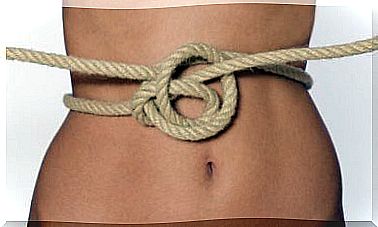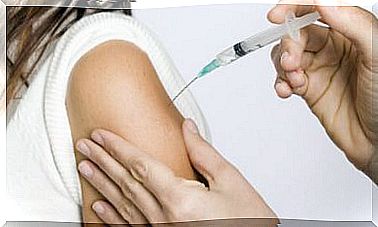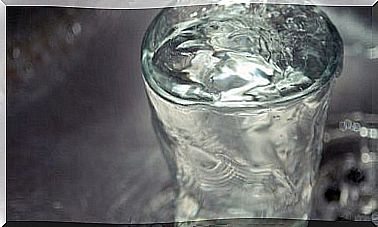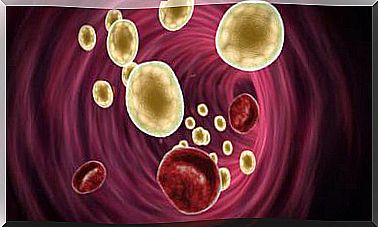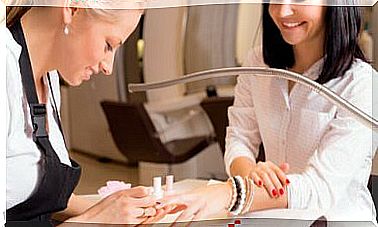Pyorrhea Or Periodontitis: What Is It And How To Treat It?
Gum diseases are relatively common in the population. Due to its constant exposure to bacteria, this soft tissue can be affected by inflammatory and infectious problems. Among these, pyorrhea has become one of the most relevant, especially due to the complications it entails. What does it consist of? How is it treated?
Pyorrhea is a complication of chronic periodontal disease, better known as periodontitis. It occurs when the bones and ligaments that support the teeth become infected due to the proliferation of bacteria. According to information published by the Spanish Society of Periodontology and Osseointegration, this condition affects 25% of adults between 35 and 44 years old. In addition, its incidence increases after the age of 65.
What is pyorrhea?
Pyorrhea is a periodontal disease caused by the accumulation of dental plaque, derived in turn from poor dental hygiene. It manifests itself through inflammation and bleeding of the gums and also affects the supporting tissues of the tooth, producing gingival retraction and the appearance of interdental spaces.
It is characterized by severe infection of the ligaments or tissues near the tooth and is considered dangerous, since it does not usually cause symptoms until it generates serious oral health complications.
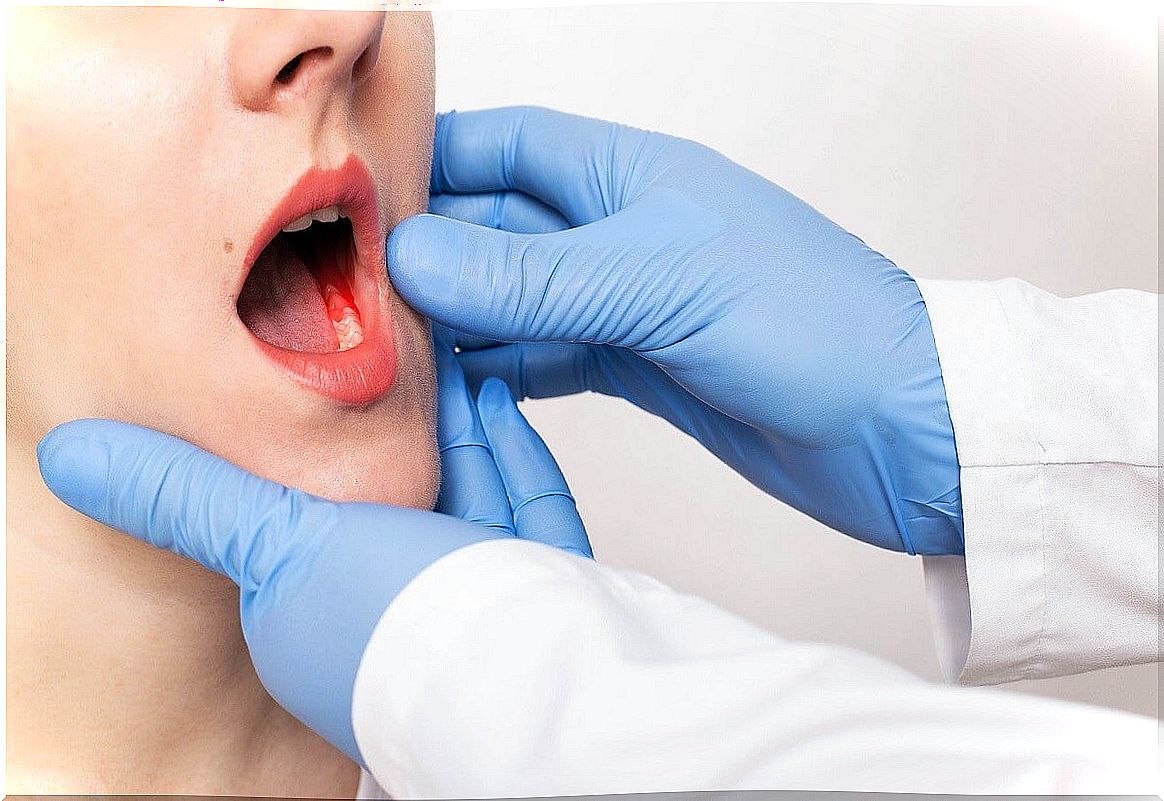
Causes of pyorrhea
The main cause of pyorrhea is the overgrowth of bacteria in oral tissue. This, in turn, is associated with poor oral hygiene, toothbrush misuse, constant exposure to stress, and smoking. Even genetic factors and anatomical abnormalities influence its appearance.
However, it should be noted that pyorrhea is the consequence of gingivitis that has not been treated in time. This swollen gums, although painless at first, is the main cause of gum bleeding during brushing. Other factors related to its appearance are the following:
- Taking medications that cause dry mouth or gum changes.
- Vitamin B and C deficiency.
- Use of recreational drugs, such as smoking marijuana or vaping.
- Hormonal changes, such as those that occur during pregnancy or menopause.
- Immune system diseases.
- Other chronic diseases, such as diabetes and osteoporosis.
Symptoms of pyorrhea
One of the things that most worries about pyorrhea is the absence of symptoms in certain cases. Although most of the affected people have had some previous manifestation of gingivitis, this is not always the case. There are those who do not have any discomfort until a serious complication is triggered. Also, some mistake bleeding for toothbrush injuries.
In any case, it is convenient to be alert to certain characteristic signs of this condition. The most common include the following:
- Bleeding gums
- Inflammation and redness of the gums.
- Difficulties or discomfort when chewing food.
- Bad breath (halitosis).
- The teeth feel mobile.
- Appearance of interdental spaces.
- Gum retraction.
- Dental sensitivity to temperature changes.
- The teeth do not fit the same when chewing.
The presence of these symptoms indicates that the gum tissues are deteriorating. In severe cases, when there is no proper intervention, it can lead to tooth loss. Therefore, it is essential to consult the professional in periodontology and access a treatment.
How is pyorrhea treated?
The choice of treatment against pyorrhea is made considering its level of severity. In general, it is classified as mild, moderate or severe. It should be an oral health professional who determines the degree of affectation and the therapeutic options.
Given the complications that it entails, it should be noted that there are no home remedies that can alleviate this condition. To stop the deterioration of the affected tissues, it is necessary to improve hygiene habits and follow the prescribed medical treatment.
Hygiene
Without a doubt, the first measure to prevent and treat pyorrhea is to ensure proper dental hygiene. This implies a correct brushing of the teeth several times a day, in addition to the use of dental floss and other complementary cleaning products.
Today, companies such as Laboratorios KIN offer a wide range of products that serve as adjuvants for the treatment of gingivitis and periodontal disease. Options like daily mouthwashes or hyaluronic acid mouth gel for gums help give your mouth extra protection.
Both products have components that help stop the overgrowth of bacteria and the formation of dental plaque. They also strengthen injured tissues and contribute to their recovery.
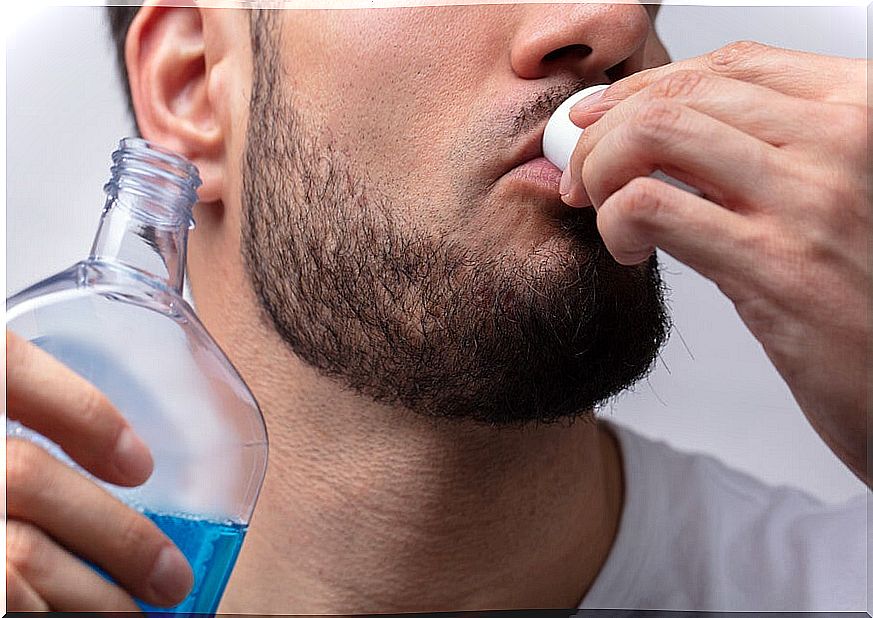
Basic periodontal treatment
In most cases, people with pyorrhea improve their condition after receiving basic periodontal treatment. This should complement oral hygiene, as it includes procedures that help eliminate bacteria accumulated on the dental surface and nearby areas. How is it done?
- First, the affected areas are intervened by scraping and root planing.
- Then, the professional suggests taking antibiotics to complement the intervention. The choice between one option or the other depends on the type of bacteria on the teeth.
Periodontal surgery
When pyorrhea is too advanced, basic treatment is not enough. If so, the periodontist suggests an intervention known as periodontal surgery. This consists of accessing the deep periodontal pockets, where the pathogens are located.
If the infection has already caused significant tissue and bone destruction, other techniques such as guided tissue regeneration will need to be applied.
Pyorrhea tends to reappear
After performing a treatment for pyorrhea, it is necessary to monitor the disease. And it is that, if the proper care is not taken into account, it can manifest again after a while.
Thus, in addition to ensuring optimal oral hygiene with the use of the recommended products, it is essential to periodically visit the periodontist. The professional will be able to guide towards good hygiene habits and will intervene with cleaning or prophylaxis if it becomes necessary.


